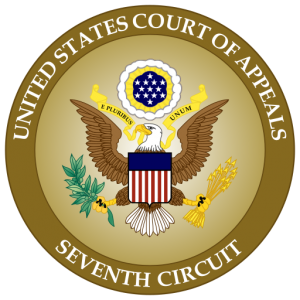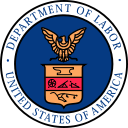 This week, the US Court of Appeals for the Seventh Circuit became the first Federal Court of Appeals to hold that discrimination based on sexual orientation is actionable under Title VII of the Civil Rights Act. A news article about the decision can be found here. A copy of the legal opinion can be found here. This decision is remarkable in that it is joined by both Republican and Democrat judges, including Posner, one of the most respected jurists in the Country.
This week, the US Court of Appeals for the Seventh Circuit became the first Federal Court of Appeals to hold that discrimination based on sexual orientation is actionable under Title VII of the Civil Rights Act. A news article about the decision can be found here. A copy of the legal opinion can be found here. This decision is remarkable in that it is joined by both Republican and Democrat judges, including Posner, one of the most respected jurists in the Country.
Although many disagree with the court’s analysis of Title VII to include “sexual orientation” as part of the statute’s prohibition against “sex discrimination,” the reality is that this decision increasingly reflects the main stream view that such discrimination is either already covered under Title VII or should be prohibited as a matter of public policy. When you couple this important decision with the EEOC’s enforcement policy, the myriad of state and local laws already prohibiting discrimination on the basis of sexual orientation, it is hard not to see the “writing on the legal wall.” In fact, for large employers operating in multiple jurisdictions, it is more likely than not that a majority of the workforce is already protected from discrimination based on sexual orientation.
One takeaway from this decision is that it is a good time to review your employee handbook. Does your company policy prohibit discrimination based on sexual orientation and trans-gender status? If not, you may want to update that policy. Although technically not required in every state and jurisdiction, a contrary position is becoming increasingly risky, and could be a barrier to recruiting. If your supervisor training does not already include a discussion about how to address potential discrimination based on employee sexual orientation, it would again be a good time to add such training.








